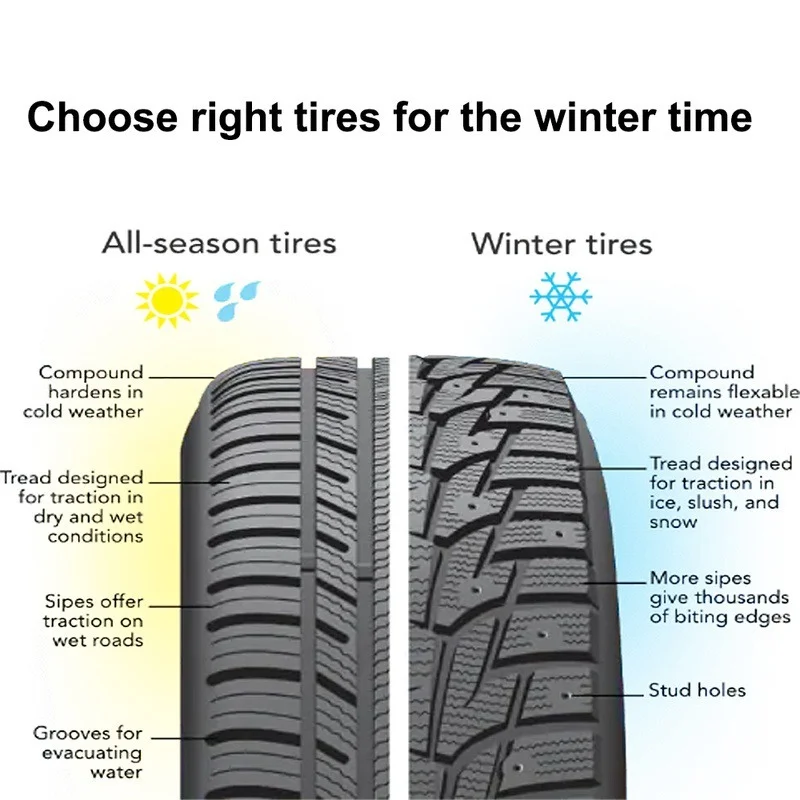Big tire upgrades are the most effective way of increasing ground clearance. This is especially important for overcoming obstacles in an off-road situation since your axles will be higher off the ground. There are however a few limitations, especially when it comes to IFS (Independent Front Suspension) 4WD trucks. SFA (Solid Front Axle) trucks suspension geometry is a lot less complex and thus much easier to upgrade.
Most trucks can accommodate a 33” tire without a lift kit. Trimming of fender liners and wheel arches combined with adjustments to torsion keys might be necessary on most IFS (Independent Front Suspension) trucks. Fitting wheel spacers and 2” leveling kits will improve the clearance from the UCA (Upper Control Arms).
In most cases fitting a 2” levelling kit is the most economical way to gain clearance for larger tires. It’s also the most popular.
Table of Contents
The minimum requirement for fitting larger tires varies from truck to truck. Also, if you have an Independent front suspension truck you are somewhat limited to how big you can go versus a truck with a Solid Front Axle or live front axle setup. Most IFS trucks and SUV’s can get away with a 33” tire without much drama and some small modifications, as you will see below.
Before embarking on this exercise, you need to determine what your main application with the truck will be. Are you planning on doing extensive off-roading, towing, hauling or overlanding? Perhaps the tire upgrade is purely for aesthetics reasons. Do you want to squeeze the biggest tire possible on your truck in the most economical way? Is limited practicality not a concern?
Let’s see what your options are.
In many modern IFS trucks a (33.3”) or 295/70 r17 combined with a 1.75-2” levelling kit is the absolute largest size tire you can fit. In addition, you need a minimum +9 offset rim for improved clearance at the UCA.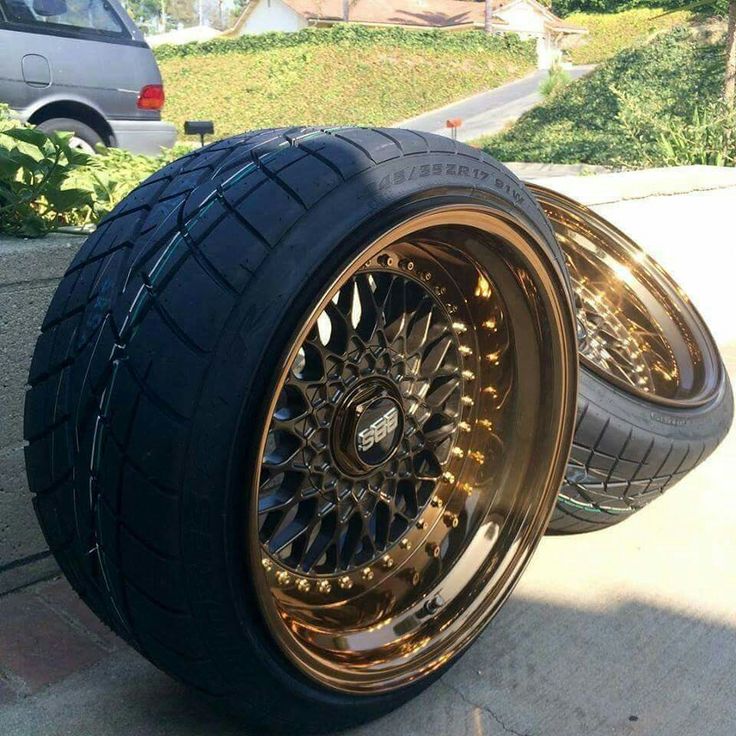 Anything less than that and you’ll have to opt for a narrower tire like a (32.7”) or 285/70/17 before you start running into clearance issues with the body panels.
Anything less than that and you’ll have to opt for a narrower tire like a (32.7”) or 285/70/17 before you start running into clearance issues with the body panels.
This is just a general guideline and will vary between trucks.
When you opt for a 4” leveling kit your upgrade options are much larger. Depending on the truck suspension, if it’s an IFS, you’ll need to fit a diff drop kit to bring the CV angles back down so as to minimize the chances of eating CV’s every time you venture off-road. With a 4” lift you’ll need to adjust torsion keys, if applicable, and fit an aftermarket adjustable UCA to be able to set your caster angles properly. Also, don’t forget to upgrade your bump stops too to prevent scrubbing at maximum compression when flexing off-road.
A 315/70/17 or 34.4” tire will fit nice and snug provided you’ve opted for an aftermarket rim with a more positive offset for improved clearance away from the UCA. Trucks with Sold Front Axles can easily accommodate a larger 35” tire without much trimming in the form of 35X11.5R18 or 35X12.5R18. If your truck has front crash bars you will need to have these removed for better clearance up front. More about that here.
Trucks with Sold Front Axles can easily accommodate a larger 35” tire without much trimming in the form of 35X11.5R18 or 35X12.5R18. If your truck has front crash bars you will need to have these removed for better clearance up front. More about that here.
In most cases with IFS trucks, a 2” to 2.5” lift and some trimming of fender liners will accommodate a 33” tire. Most SFA vehicles will accommodate a 33’’ tire with minimum body and fender modifications.
Click here to learn more about the crucial modifications when fitting 33” tires, and the minimum lift requirement necessary for a successful upgrade.
Most modern 4WD trucks like Ranger’s, Tacoma’s and Colorado’s have a lot of safety features built into the framework and chassis which causes complications when installing bigger tires.
In the case of the 3rd Gen Tacoma, the body mount protrudes out quite a bit which restricts you from fitting oversized tires without, (A) either buying an aftermarket body mount or (B) cutting, welding and painting the existing mount.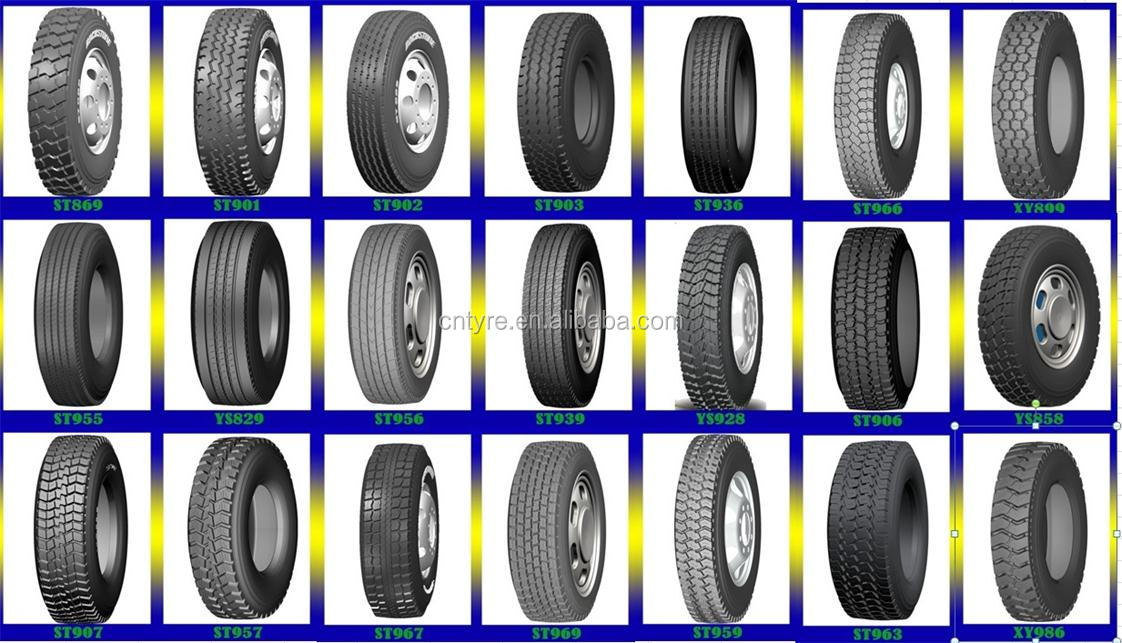 This is quite a job and if you are not familiar with grinders and welding machines, then rather leave it to a professional custom shop.
This is quite a job and if you are not familiar with grinders and welding machines, then rather leave it to a professional custom shop.
Then you have the front crash bar mounts as in the case of the modern Ford trucks. These restricts the wheels at full lock with oversized tires so you’ll need to remove them completely or cut it away to create more clearance. Click here for the full breakdown of fitting bigger wheels to a Ford Ranger
The biggest tire you can fit to a Ram 2500 is a 35×12.5”. This will allow full lock-to-lock turning abilities without rubbing as well as full articulation and droop.
The above mentioned tire is for the radius arm Ram trucks from 2014 to present 2500’s and the 2013 to present 3500. The fitment guide in this article is not to determine how much you can get away with, however it’s aimed at fitting the biggest tire possible without losing any practical application on the truck.
Click here for a deeper dive into the technical requirements
The biggest tire you can fit on a stock CHEV or GMC 3500 is a 295/65R18 on the factory stock wheels at stock ride height.
GM designed the front IFS suspension on the 3500 to be slightly adjustable by manipulating the torsion bars. This will allow you to fit a larger tire without much scrubbing at full turn and at full compression. This is good news, however, be warned that when you start fiddling with the torsion bars, you start altering the geometry of the IFS suspension, which includes changing the angles of the CV joints, upper & lower ball joints, and the tie rods.
With that being said, let’s see what the max tire size you can fit on a stock 3500 with/without a lift kit.
The biggest tire you can fit on a 2021 GMC AT4 running factory stock suspension and rims are a maximum of 34.8-inches. This equates to a 285/75R18 (34.8”) or 305/60R20 (34.4”) with no trimming or rubbing.
If you are not prepared to do trimming and cutting and you are running stock suspension then you’ll be limited to a maximum of 34.8-inch tire, depending on the tire brand of course. The up side, there are many other alternatives you can try in both 18” and 20”.
The up side, there are many other alternatives you can try in both 18” and 20”.
Let’s now look at exactly what is required to make the biggest tires fit, as well as some of the most popular tire and suspension combinations guys have done with 100% success.
The biggest tire you can fit on a 2014-current GMC Sierra 1500 running factory stock suspension and rims are a maximum of 32.6 inches.
If you are not prepared to do trimming and cutting and you are running stock suspension then you’ll be limited to a 32.5-inch tire, depending on the tire brand of course. The up side, there are many other alternatives you can try.
Let’s now look at exactly what is required to make the biggest 33-inch tires fit, as well as some of the most popular tire and suspension combinations guys have tried with 100% success.
The maximum size on the Tundra is a 295/70/R18 or 295/60 in a 20 inch with a +18 to +20 wheel offset, on a 9-inch wide wheel.
Now that we know the max tire size on a stock Tundra, let’s dive deeper into the actual fitment and later look at the biggest tire size you can fit with a 3” and 6” lift kit! or if you want to know what is required to fit 33″ tires on a Tundra without a lift then read this.
The largest tires you can fit on a stock F150 without removing the crash bars are 33”- 34” without severe rubbing. Alternatively, you can fit 32” if your rims are 10” wide.
If you deice to go the biggest tire you can squeeze inside the wheel arch, keep in mind you will experience a drop in MPG, but nothing too significant unless you go 37” or bigger. If you opt for a more aggressive AT or MT tire, you will experience increased road noise inside the cabin. In most cases, the more aggressive, the noisier.
Then there is the issue about the crash bars on all modern Fords. We’ll look at what that’s all about, and if you should remove them when trying to fit oversized tires?
The biggest tire you can fit without any additional modification is a 35”. If you are prepared to do a bit of body trimming
If you are prepared to do a bit of body trimming
At the end of the day you still want all the practicality of your truck and your tire size upgrade should enhance your trucks abilities and capability, not detract from it. You still want full articulation and droop with maximum suspension travel.
So let’s get into it and see exactly what’s required when fitting bigger tires on your Ram 1500 with a stock suspension.
Fitting 35” tires to a 3rd Gen Tacoma requires a bit of body mount modifications as well as wheel arch trimming. You will require a minimum 2.5” lift, negative offset (-12) rims, and you’ll need to do some additional body modifications, such as cutting and welding of the body mounts and bending away of the pinch weld.
On the rear, it’s a straightforward fit with no clearance issues. You can get full tuck on the rear without any hassles. You can trim the wheel arch for improved clearance, however you will lose your wheel arch liners.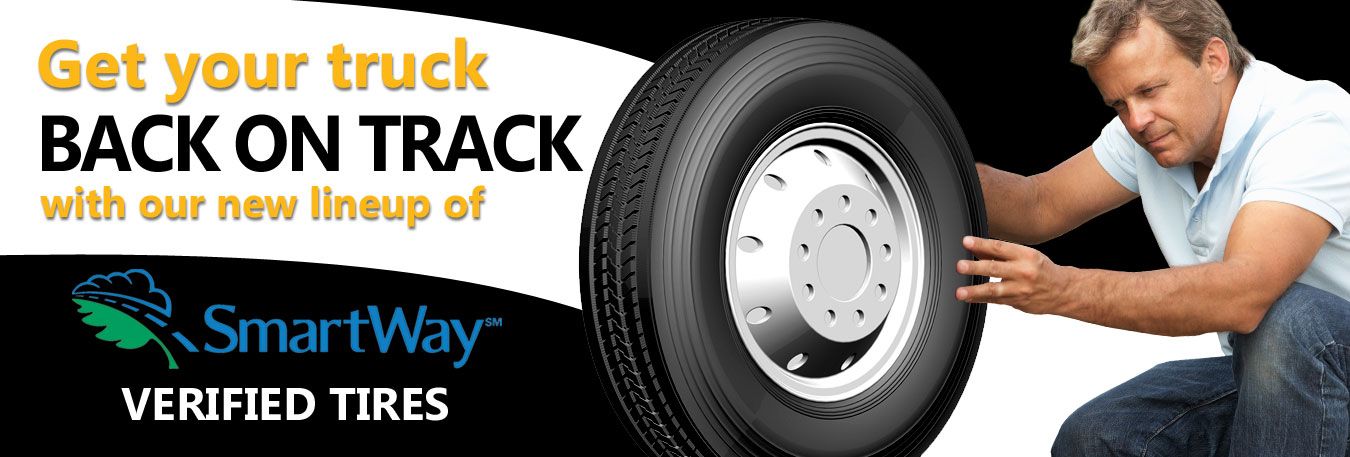
Also you need to remember the front wheels don’t only move left and right when turning, but there’s also some forward and backward movement. This is why you get scrubbing at full lock when turning and why it’s necessary to do CMC’s and trimming of the pinch weld.
Click here to read the full breakdown of fitting 33” tires to a 3rd Gen Tacoma
If you want to fit a larger 33” tire without a suspension lift, there is some modification needed. The Ranger T6 crash bars protrude from the wheel well and the bigger 285/70/17 tire makes contact. These will need to be removed/modified first so as not to damage the new tires. They are quite a PITA to remove so be prepared. Once removed, and a 20+ offset aftermarket wheel is fitted you should be able to get the 33” tires to fit comfortably.
Click here for the full breakdown of fitting bigger wheels to a Ford Ranger
33-inch tires can be fitted to a stock Jeep Wrangler JK, but with minimum clearance on the front bumper and not enough clearance for full articulation off-road.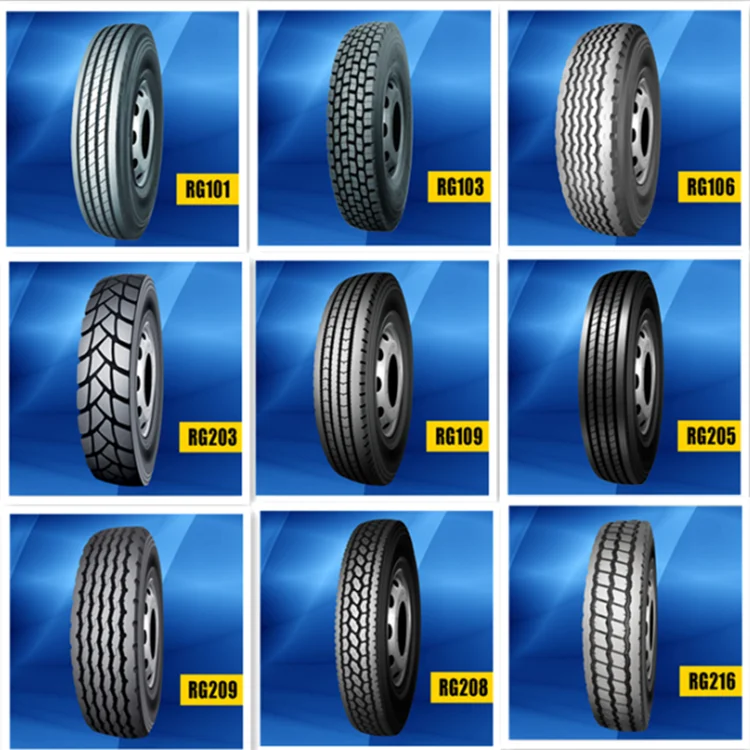
Before running out and fitting bigger tires to your JK, make sure you understand all the implications and that there are other factors that comes into play such as backspacing, clearance, fuel economy, handling and more.
To take full advantage of the Jeeps legendary articulation, you would do well to fit a 3-4” lift before fitting 33” tires.
Click here for the full breakdown of fitting 33” tires to a Jeep Wrangler
Not all FJ Cruisers are created equally, so certain model FJ’s might rub on a 33″’s, running a stock suspension while others won’t. What could be an influencing factor is the tire itself. So it’s also safe to say, not all tires are created equally i.e. mold, width, etc. So they are not all made to exactly the same measurement.
So, the biggest tire you can safely fit on an FJ without body scrub or requiring any chops is usually a 275/70/17. That will be on the stock tires, stock rims, no lift, no chop, and no spacers. Anything over and above this requires a body chop and a small 2” lift.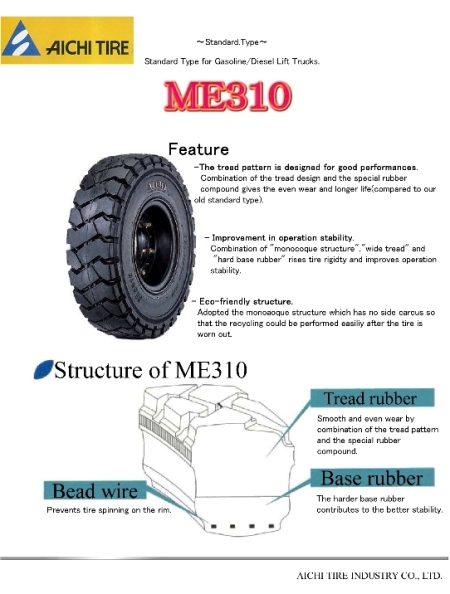
Click here for the full breakdown of fitting 33” tires to a FJ Cruiser
The biggest tire you can fit on a Chevy Colorado with stock suspension and stock rims are 265 65 17’s. They will fit without any rubbing problems, and no trimming or additional modifications are required to make them function properly.A 2” to 3” lift kit is the recommended option if you are planning on using the vehicle for off road use or overlanding applications. You will achieve the best off road off-road capability, ride comfort, as well as load carrying ability with this option, running 33” tires. Load carrying ability is of vital importance when doing overlanding, since you are carrying gear, storage, fuel, water, shade. Rooftop tents, recovery gear and more.
Click here for the full breakdown of lifting a Chev Colorado
The largest size you can fit on a Nissan Frontier with a stock suspension is 265/75/16. This size does not cause any rubbing or requires trimming of fender liners.The 265/75/16 is the largest size you can fit, even with a 2. 5″ spacer. It is also the largest tire that can fit on the stock wheels without any additional modifications needed. That size is just short of 32” and measures exactly 31.6 inches. If you fit an aftermarket rim with a more negative offset, you run the risk of the wheels scrubbing and hitting the fenders at full lock and full compression.
5″ spacer. It is also the largest tire that can fit on the stock wheels without any additional modifications needed. That size is just short of 32” and measures exactly 31.6 inches. If you fit an aftermarket rim with a more negative offset, you run the risk of the wheels scrubbing and hitting the fenders at full lock and full compression.
Click here for the full breakdown of the biggest tire you can fit on a Nissan Frontier
We have mentioned quite a few variables to consider before dropping a load on expensive oversized tires. You should first determine what the primary application for the upgrade is. Is it purely for aesthetics or will you need maximum practicality, off-road ability, while maintaining maximum articulation?
Bigger tires are an awesome addition to any truck. Not only do they make your truck look more attractive and imposing, but it also can help your truck tackle difficult obstacles with ease. The added traction that bigger tires add can make offroading way more fun and safe, making them a perfect upgrade for any off-road enthusiast.
The added traction that bigger tires add can make offroading way more fun and safe, making them a perfect upgrade for any off-road enthusiast.
However, many people think their truck needs a lift kit in order to support bigger tires. The thinking goes that the bigger tires need more clearance room, and if you do not get a lift kit the bigger tires can hurt your truck. Audiosport is home to the Escondido offroading experts, and below we explain whether or not bigger tires can hurt a truck if it does not have a lift kit. Best Truck And Jeep Accessory Installation
While a lift kit is a great addition to any truck, you do not need a lift kit to fit bigger tires onto your truck. You can fit up to 33” tires with no lift kit needed and very little additional adjustments. For reference, the standard stock truck wheel is between 16” and 18”, meaning 33” tires is a substantial upgrade.
While you do not need a lift kit to fit larger tires, you may have to otherwise modify your truck to make sure everything runs smoothly. This obviously depends on the make and model of both the truck and tires, so check with an expert before trying any of the below modifications.
This obviously depends on the make and model of both the truck and tires, so check with an expert before trying any of the below modifications.
Torsion keys work by lowering the torsion bars in the suspension of your truck. Adjusting the torsion keys in your truck is one of the easiest ways to fit in oversized tires without a lift kit, although this can be a tricky job depending on your type of truck. Do not adjust the keys too much, as this can adversely affect the quality of your ride while driving.
Wheel spacers work by positioning your wheels further away from the truck, with the goal being to eliminate any friction between the tires and the wheel wells. Before fitting wheel spacers, make sure to get your suspension checked to make sure it can handle the stress the spacers can cause.
Fender rolling is when you bend your truck’s inner lip to allow for more space for bigger tires. This requires special tools and high heat, and should only be completed by an experienced professional.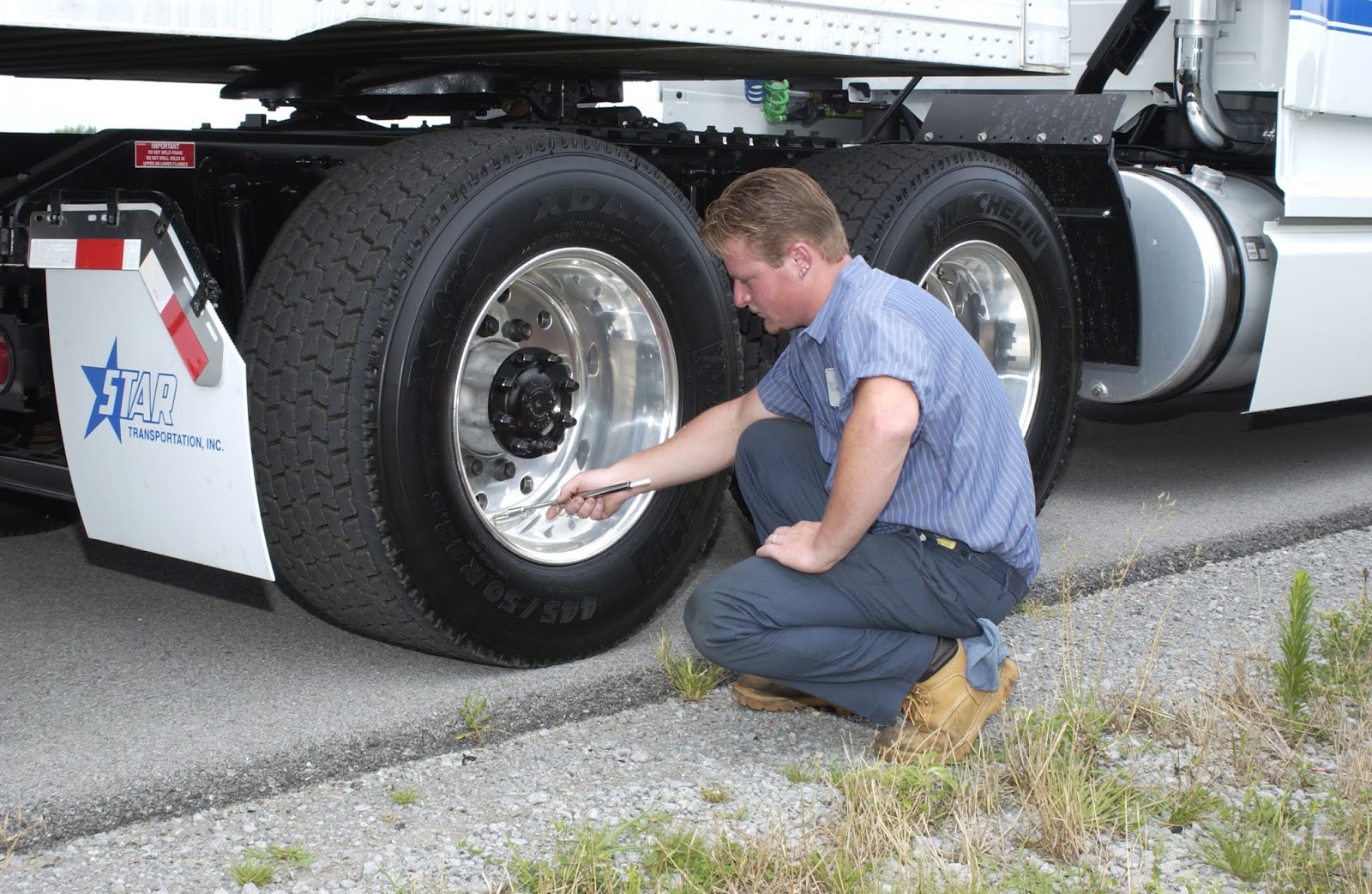
Trimming your fenders involves cutting away part of the wheel well to allow for additional clearance. However, be very careful if you are going to trim your fenders. If you make a mistake, it could turn into a real disaster that can be difficult to fix.
While it is possible to purchase bigger truck tires without a lift kit, it might be better for you and your truck to simply go ahead and get a lift kit. A lift kit allows you to smoothly drive over any terrain, and truck tires will make the ride that much better! If you are interested in purchasing new tires or want to install a lift kit, Audiosport can help.
We are the Escondido offroad experts, and we are ready to help you upgrade your truck. To learn more, contact Audiosport today by calling (760) 743-2333.
Many car enthusiasts ask this question, but not everyone decides to deviate from the manufacturer's recommendations.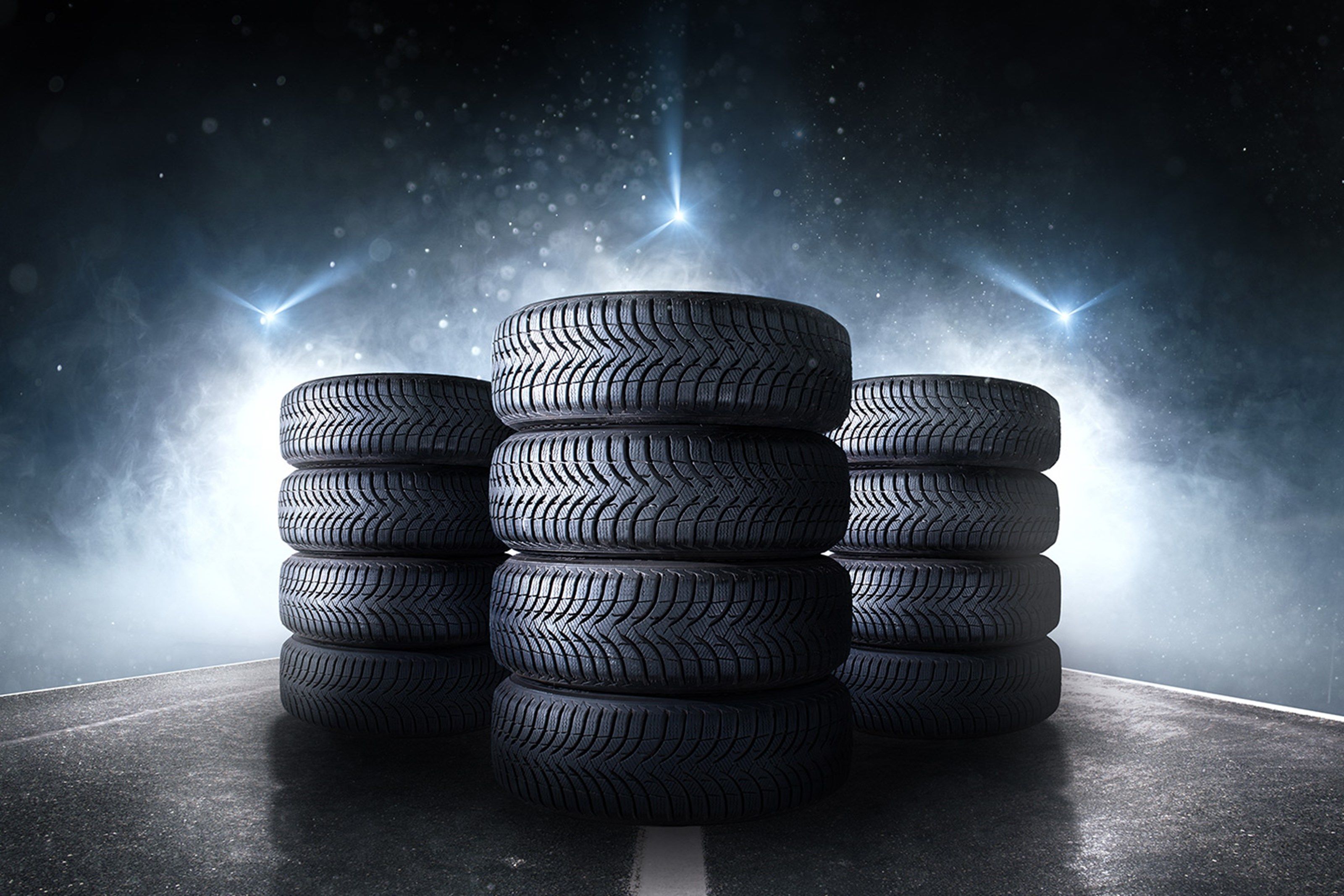
Replacing regular car wheels is one of the simplest types of tuning. Why is this needed? There are many options. The most common reason is not liking the look. Let's say you want the wheels to look spectacular. To do this, the disk must be larger in diameter. Well, or you bought a used car, and the design of the rims categorically does not suit you. Perhaps you liked some specific wheels, but their dimension is not included in the list recommended by the car manufacturer. You can also change the wheels for reasons of practicality. But how can the installation of such wheels turn out in the future? Let's figure it out.
First, let's remember the key parameters of the wheel.
Main dimensions of the tire: D - outer diameter of the tire; H is the height of the tire profile; B - tire profile width; d - landing diameter of the wheel rim (tire).
traffic police prescribed requirements for converted cars
Next, we'll tell the story on the example of tires for a very common size on B-class cars, 185/65 R15. These are the popular Rio, Solaris, Logan, Largus, etc. By the way, let me remind you what all these designations mean.
These are the popular Rio, Solaris, Logan, Largus, etc. By the way, let me remind you what all these designations mean.
So, there are several ways to move away from the size of the standard wheel .
While maintaining the standard size of the rim, we increase the width of the tire profile while maintaining the percentage of height to width. In our example, we get 195/65R15. It is important to know here that all cars are designed for the installation of snow chains with a size of at least 12 mm. Indeed, in some European countries, driving on mountain roads without chains is prohibited, and not a single self-respecting manufacturer will make a car so that it cannot be operated in the mountains of France or Switzerland. Therefore, an increase in the width of the tire profile is permissible in most cases by up to 24 mm.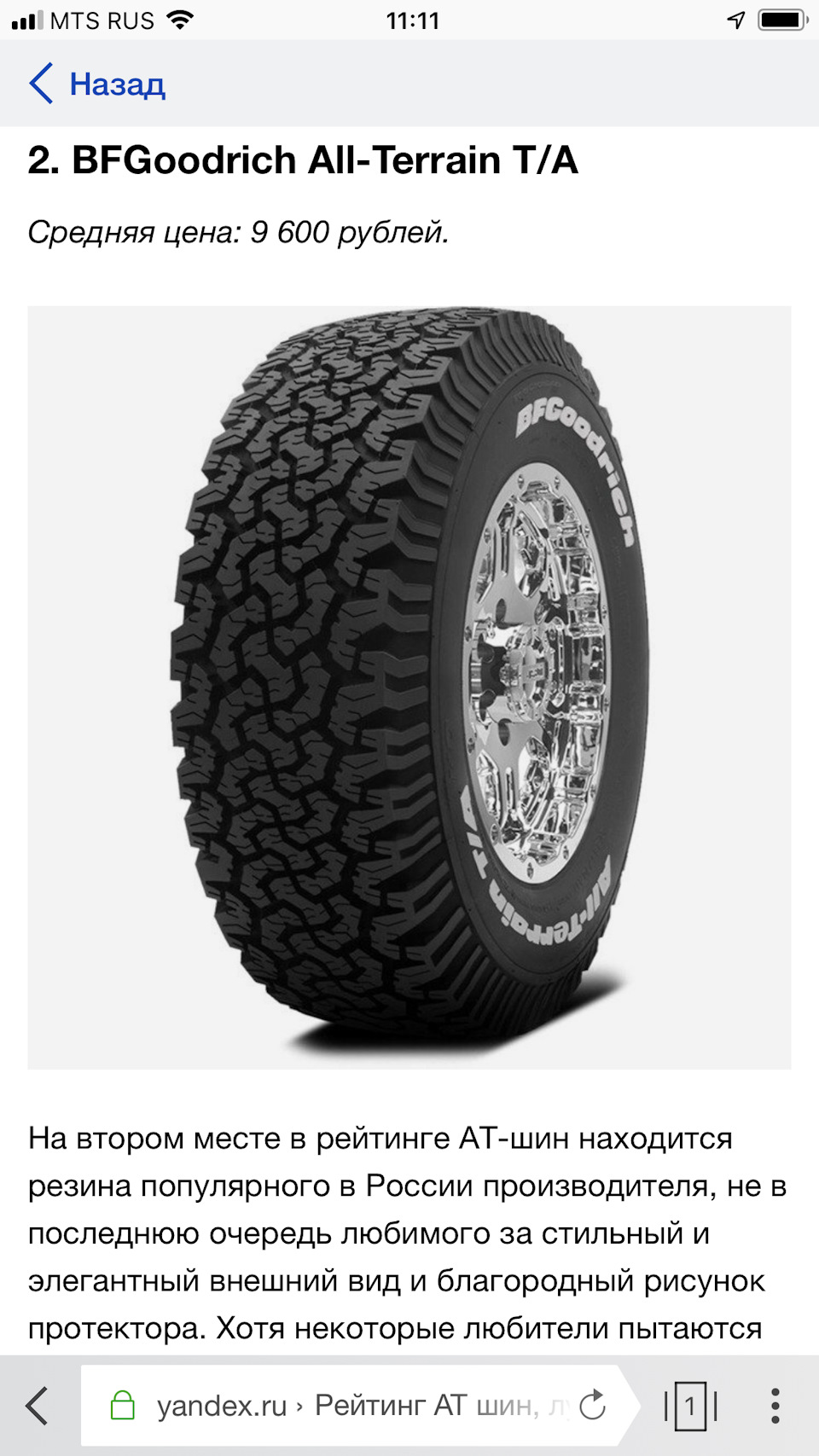 At the same time, the car will become a little softer on the move, and wider tires will improve braking performance.
At the same time, the car will become a little softer on the move, and wider tires will improve braking performance.
Wheel care: checking wheel and tire products
Keep the rim the same and increase the percentage of tire profile height to width to 70. In our example, we get 185/70 R15. The outer diameter of the wheel increases by 20 mm, which is quite acceptable (remember the reserve for installing chains). Everything would be fine, but in our particular example, the factor intervenes that tires of this size are produced mainly for commercial vehicles and they are too rigid and expensive to install on a passenger car. However, in other dimensions, the situation may be different.
The story of a friend's car is quite indicative. He bought a Kia Rio with a 1.6 engine and a 6-speed automatic. The regular wheels of the car had a size of 185/65 R15. The owner drove through the summer season and was not happy with the car's stiff suspension and insufficient ground clearance. Then he decided to change the behavior of the car, not by tuning the springs with shock absorbers, but by working with the wheels. In preparation for the next summer season, he used forged wheels with a diameter of 14 inches, completely matching the mounting dimensions.
The owner drove through the summer season and was not happy with the car's stiff suspension and insufficient ground clearance. Then he decided to change the behavior of the car, not by tuning the springs with shock absorbers, but by working with the wheels. In preparation for the next summer season, he used forged wheels with a diameter of 14 inches, completely matching the mounting dimensions.
The previous generation Kia Rio was equipped with 15-inch wheels in the base, but to make the car softer, the owner installed 14-inch tires with 195/70 R14 tires.
Driving Tire Test - measuring braking distances in hot and cold weather
However, disc diameter reduction is very rare. Much more often it happens that the owner chooses wheels one or even two sizes larger. And "wraps" them in low-profile tires. At the same time, the overall dimensions of the wheel remain almost unchanged or grow within acceptable limits.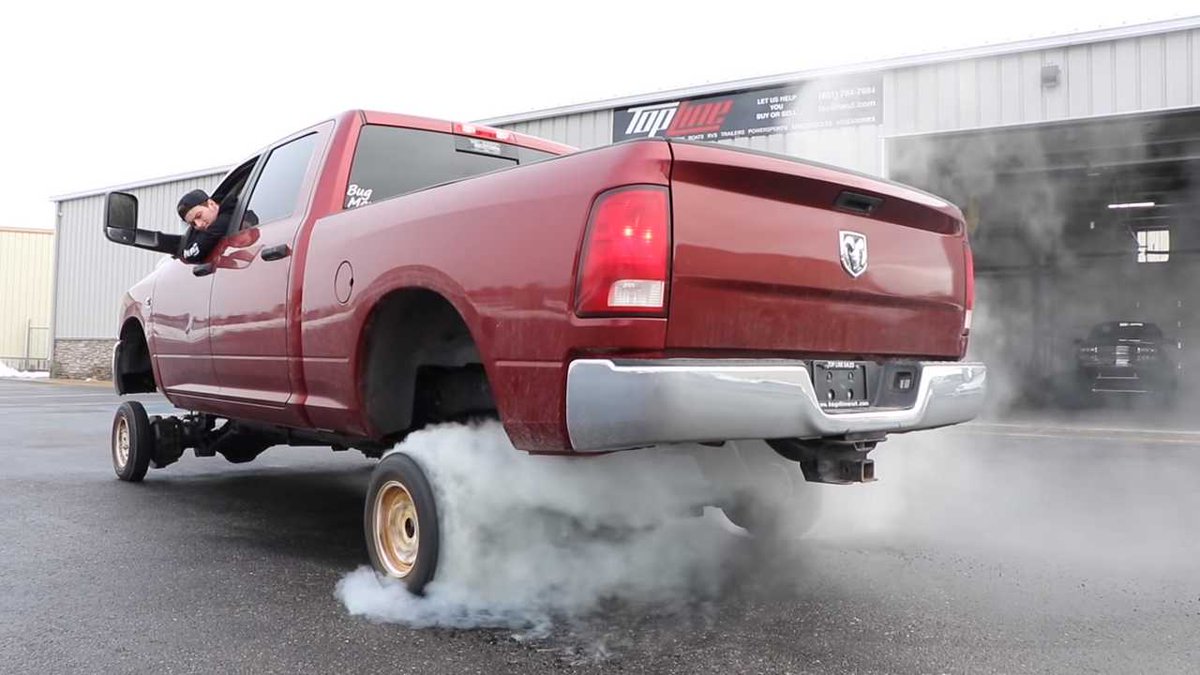
Typical example of a low profile tyre.
Tire pressure: your norm
It's a different story when a car owner decides to install wider disks. Some people like it when the wheel protrudes a little beyond the arch. Please note that changing the dimensions of the wheel and tire can significantly increase the weight of the wheel assembly. Such weighting will negatively affect the life of the suspension elements and even the body, since large unsprung masses can cause resonant vibrations that the suspension is not designed for structurally. It is also important to remember such a parameter as wheel offset.
Wheel offset is the distance between the plane of symmetry of the rim and the surface adjacent to the vehicle hub. From left to right in the diagram are shown: negative offset, zero and positive.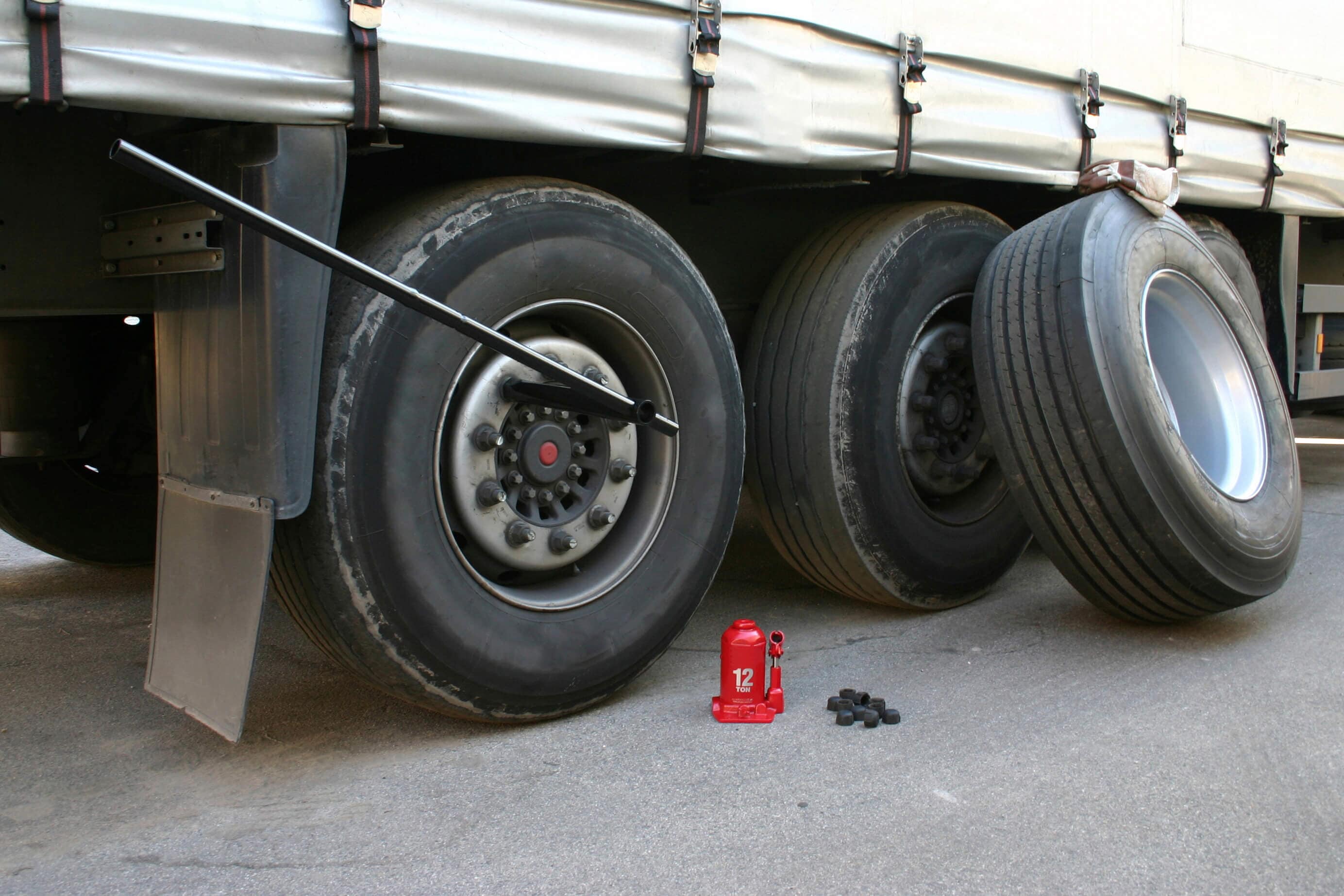
Those who like to change the offset of the rims, as a rule, tend to place the wheels wider. The aesthetic component of such changes is controversial, but the resource of the suspension elements will certainly decrease.
| Of course, it is possible to stretch narrow and inexpensive tires on disks that look more like solid sections of pipes with flanges, but the deformation of the tire carcass will soon render it unusable. You don't ride a lot of these. It is certainly possible to pull narrow and inexpensive tires onto rims that look more like solid sections of pipes with flanges, but the deformation of the tire carcass will soon render it unusable. You don't ride a lot of these. | Even large crossovers, which in comparison with sedans seem to be a kind of bumpkins, when you install low-profile tires begin to manage at least “good”. Even large crossovers, which in comparison with sedans seem to be a sort of bumpkins, with the installation of low-profile tires begin to manage at least “good”. | On the utilitarian Sobol, a tuning enthusiast installed discs that significantly increased the track. Guaranteed curious views of others, as well as a reduced resource of wheel bearings and shock absorbers. On the utilitarian Sobol, a tuning enthusiast installed discs that significantly increased the track. Guaranteed curious views of others, as well as a reduced resource of wheel bearings and shock absorbers. |
| PLASS | Lessine |
| Clerence increase . On our roads, every millimeter of ground clearance counts. If the bottom of the car is 5-10 mm further from the potholes, then there is less chance of damaging it on a bad road. | The wheel may touch body parts. If the width and diameter of the wheel grow no more than 24 mm from the maximum wheel size recommended by the manufacturer, then this problem is not terrible for you. You can't put chains on after that. |
| Economy improvement. Economy improves slightly on country roads, especially on vehicles with gearboxes that have few gears (4 or 5). | Vehicle roll increase. Yes, the roll will increase a little, due to the fact that the center of mass is now slightly higher. In practice, this means a slightly lower limiting rearrangement speed. |
| Change the speedometer and odometer. Regular instruments always overestimate the readings. You can check with GPS. And with new, slightly larger wheels, the readings will come in line with reality. Plus or minus you decide. Still, such a discrepancy is made primarily for security reasons. | Derating. The new wheels are a little harder for the engine to turn, and they themselves are a little heavier. |
| Reducing the offset of the discs (when the wheels protrude further out of the wheel arches) provides a wider track, which improves the lateral stability of the machine. | The wide disc is easily damaged by when touching a curbstone. In addition, if the width of the disk is much larger than the nominal one, the tire carcass does not work correctly. This results in increased wear of the tire . |
| In most cases, looks more aesthetic and catchy. | Protruding wheels overload the wheel bearings and make the difficult to drive. It is worth getting the front wheel on the roughness of the road, as the steering wheel literally pulls out of your hands. |
It is convenient to use a tire calculator for calculations.
Custom wheels are prohibited by law. Therefore, any experiments with the dimensions of tires or wheels are illegal. An exception is if the new dimension is allowed to be installed by the manufacturer. However, in reality, not everything is so scary: if the rims on your small car are not welded to a width of 12 inches, if the diameter is not 19and more than inches, then such wheels will not arouse the interest of traffic police officers. But with obtaining a diagnostic card, problems will already arise.
Boiled discs may be of interest to traffic police officers, because the use of such discs is a direct intervention in the design of the car, which is prohibited. In this case, you can try to convince the traffic cop that you "get to the place of repair in compliance with the necessary security measures."
In conclusion, I would like you to share what changes in tire and rim sizes you have applied to your cars, and what you think it has resulted in.
09/29/2022
Modern car tuning often involves changing tires. Factory wheels are changed to more stylish alloys, standard tires are replaced with low profile ones. But here it should be borne in mind that with such tuning, not only the design changes, but also the main parameters of the transport: stability, maximum speed, gas consumption, etc. In this article, we will talk about whether it is possible to put larger wheels. And how appropriate.
So, you bought a vehicle on which R15 wheels are installed, but in a different configuration, wheels on R17 are installed on the car. In this case, you can not be afraid of negative consequences. Before installing the rubber, we recommend that you familiarize yourself with the technical data sheet in order to know the absence of contraindications for replacement.
Can you fit larger wheels? This indicator refers to the parameters of tires that are larger than the sizes recommended by the manufacturer.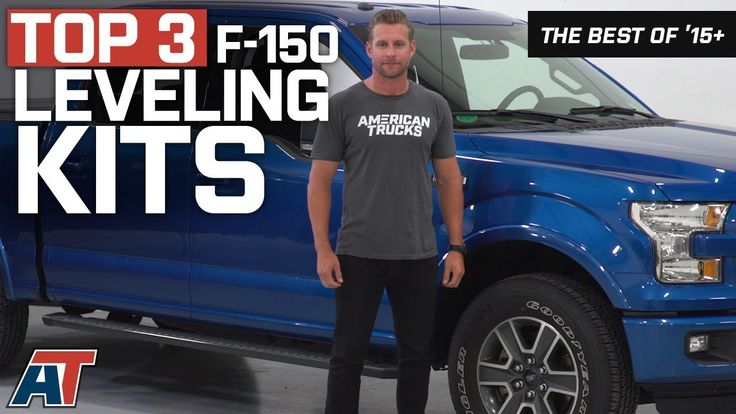 A wheel is an assembly structure consisting of two discs and a tire. That is why the dimensions of the wheel can be increased by both the dimensions of the wheel and the dimensions of the tire.
A wheel is an assembly structure consisting of two discs and a tire. That is why the dimensions of the wheel can be increased by both the dimensions of the wheel and the dimensions of the tire.
Incompetent changes can lead to breakdowns and a significant deterioration in the controllability of the car to the actions of the steering wheel. And all because the control options are completely dependent on the parameters of the disk.
The size of regular wheels can be increased in several ways:

Despite the technical difficulties and the need for paperwork, there are a number of advantages from such an interesting tuning:
Large wheels look stylish, but usually weigh a lot. As a result, unsprung weight is added. This means that the motor has to exert considerable effort to set the wheels in motion. In addition, this affects the dynamic parameters and leads to increased fuel consumption. The car is driven worse, and maintenance will cost more. In addition, an increase in unsprung weight leads to a decrease in suspension life, since it is designed and made for a certain load.
If the disk size increases, then this provokes an increase in its width, including a change in offset - how deep the wheel sits in the arch. This is reflected in the operation of the hub bearings, since the load increases, which means that their duration of operation decreases. Often just a couple of inches increase results in standard bearings lasting less.
Of course, large disk sizes do not mean continuous minuses, there are advantages in this. Larger wheels mean significant ground clearance as well as added top speed as the larger wheel travels more distance per revolution. Increasing the diameter of the tire means expanding the contact area with the road surface and, as a result, traction with it, which increases the car's handling and cornering speed.
In accordance with the traffic rules, larger wheels should not be installed if the dimensions of the wheels and tires exceed the figures provided by the car manufacturer.